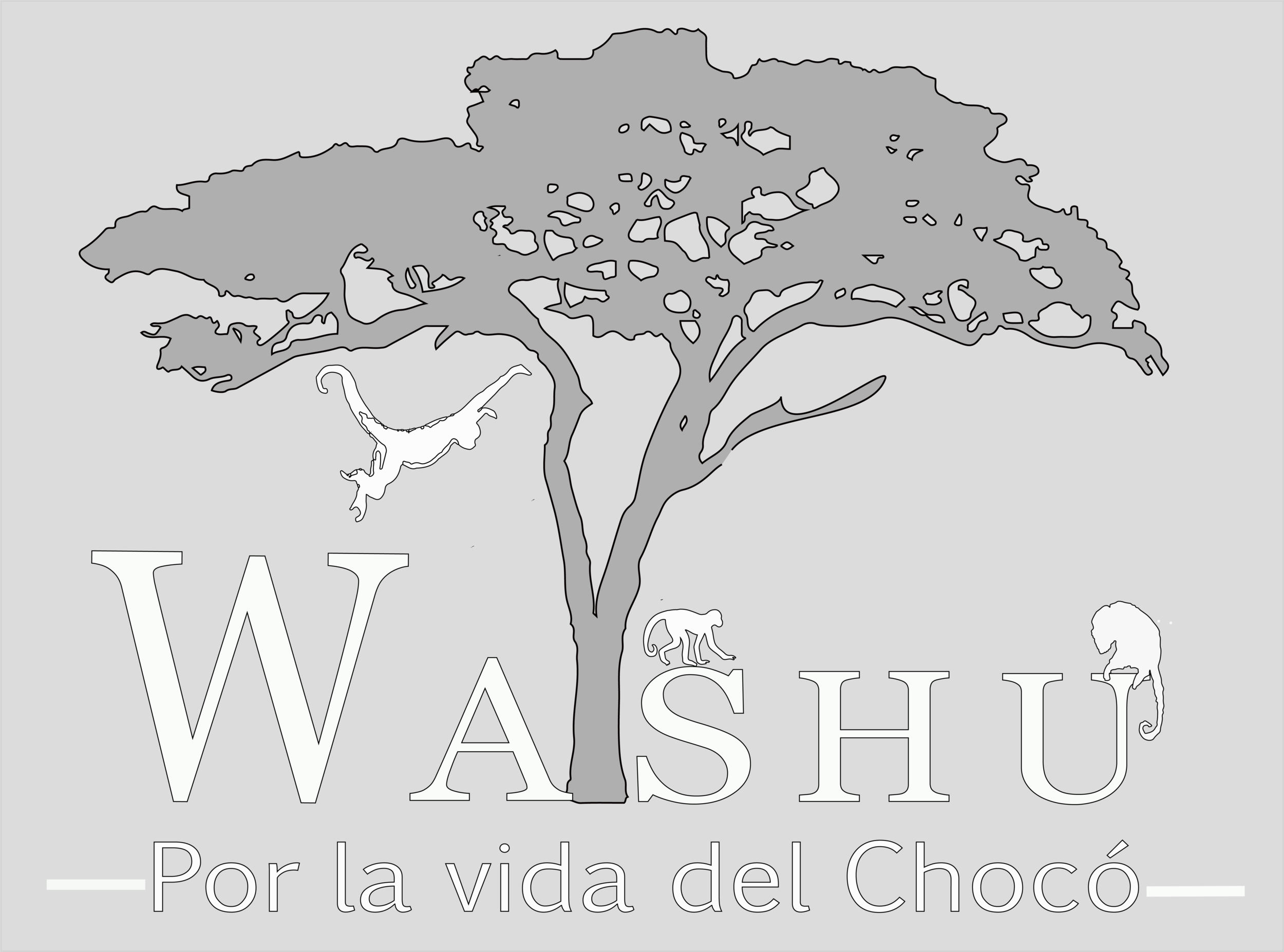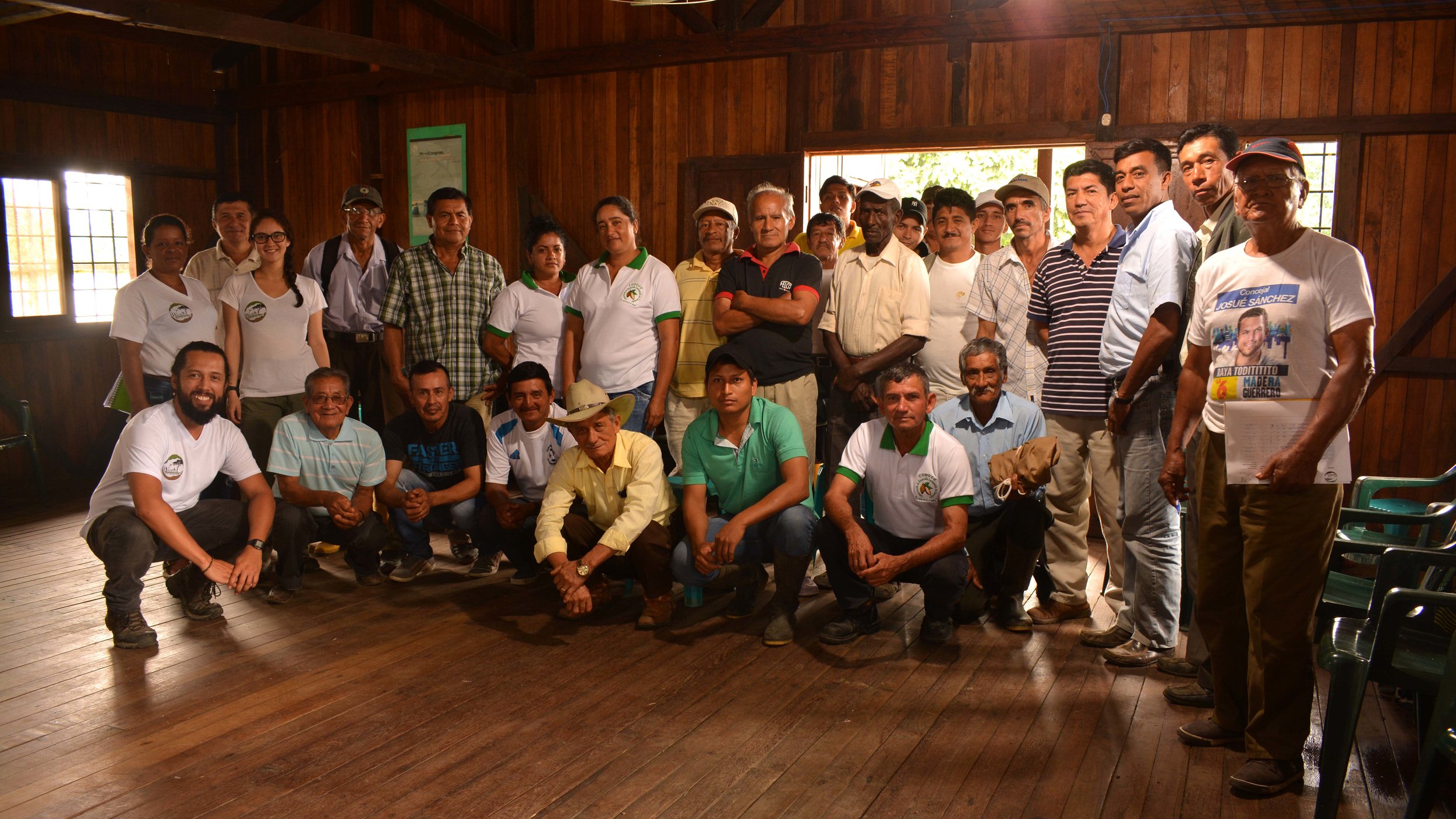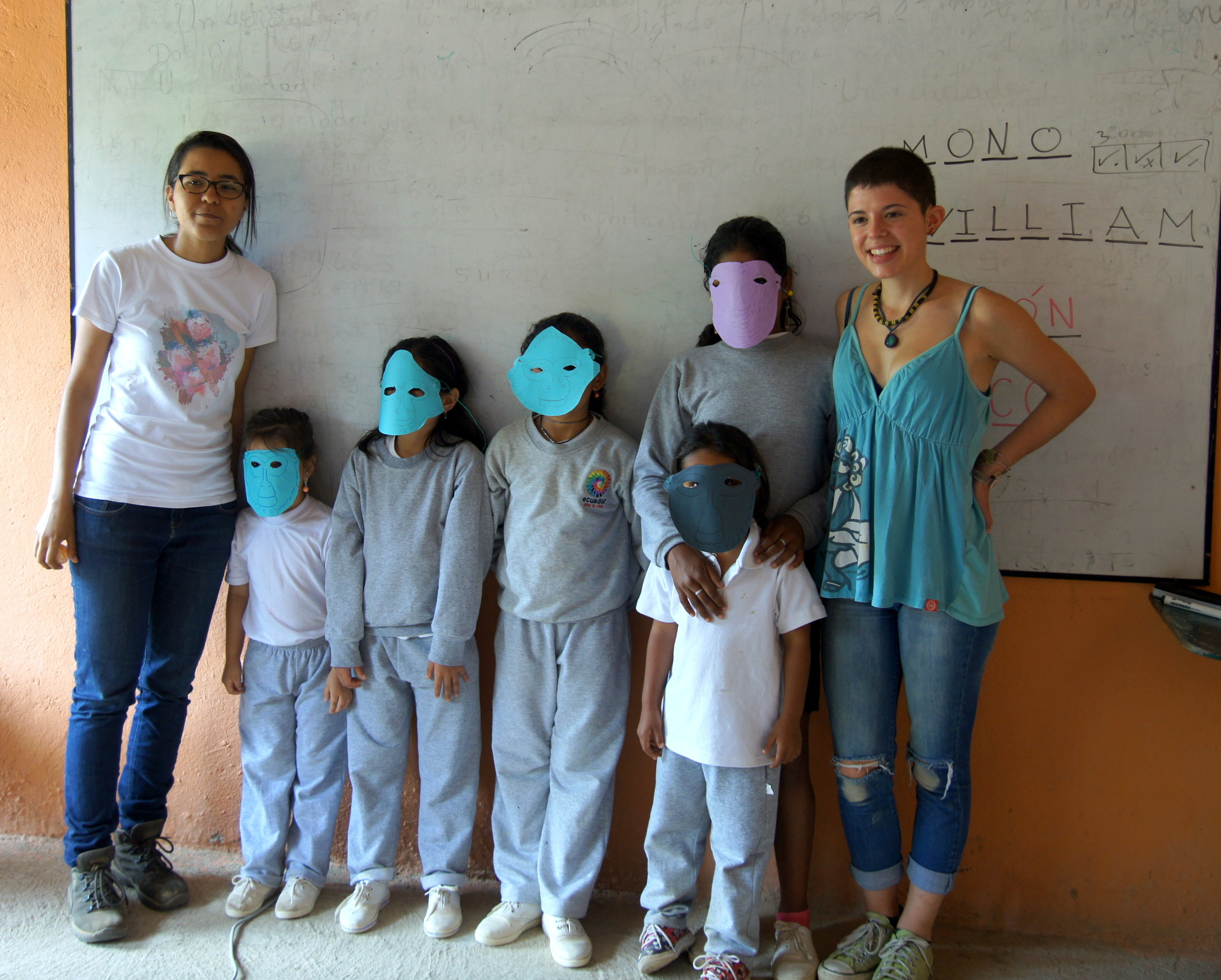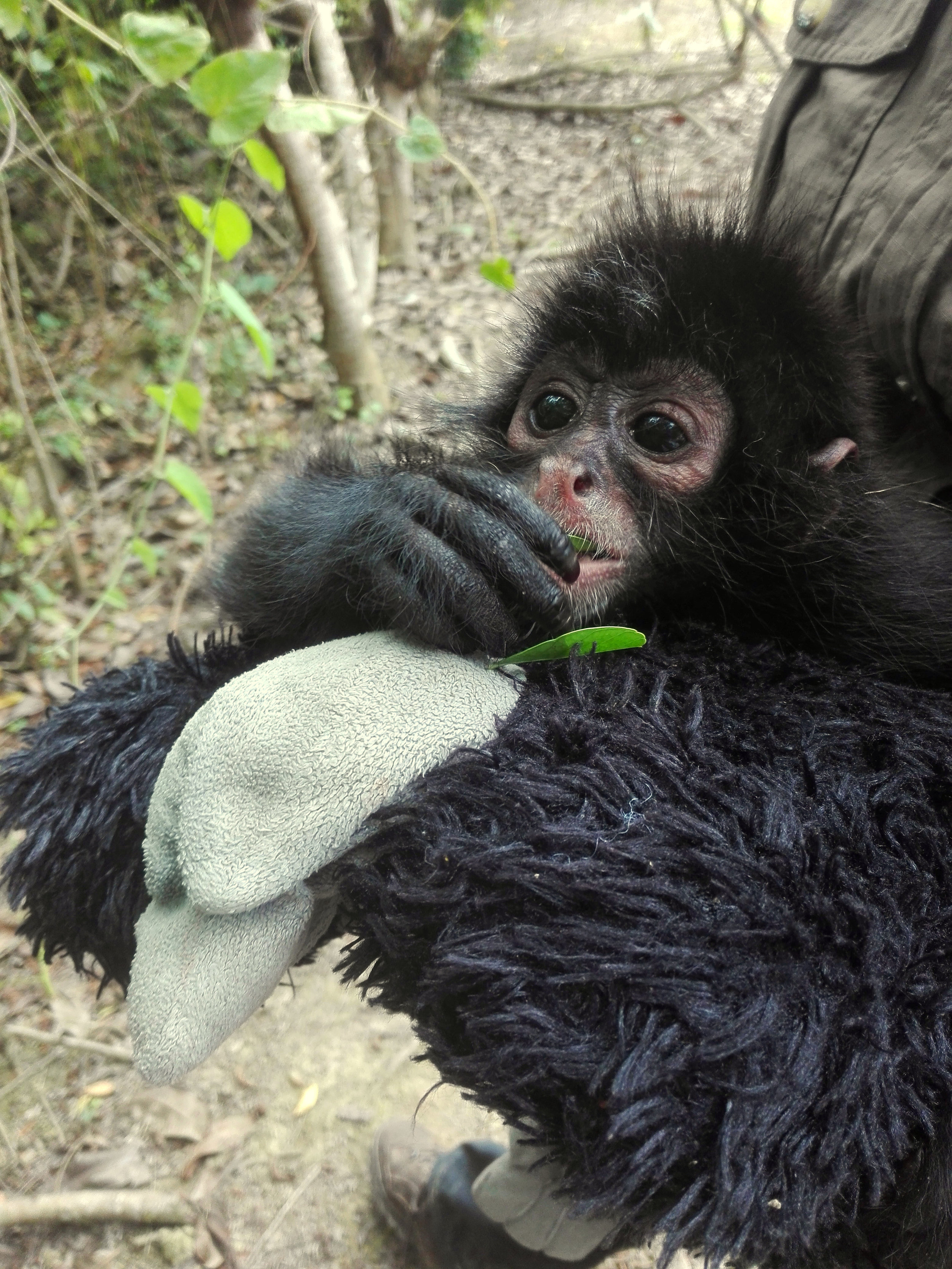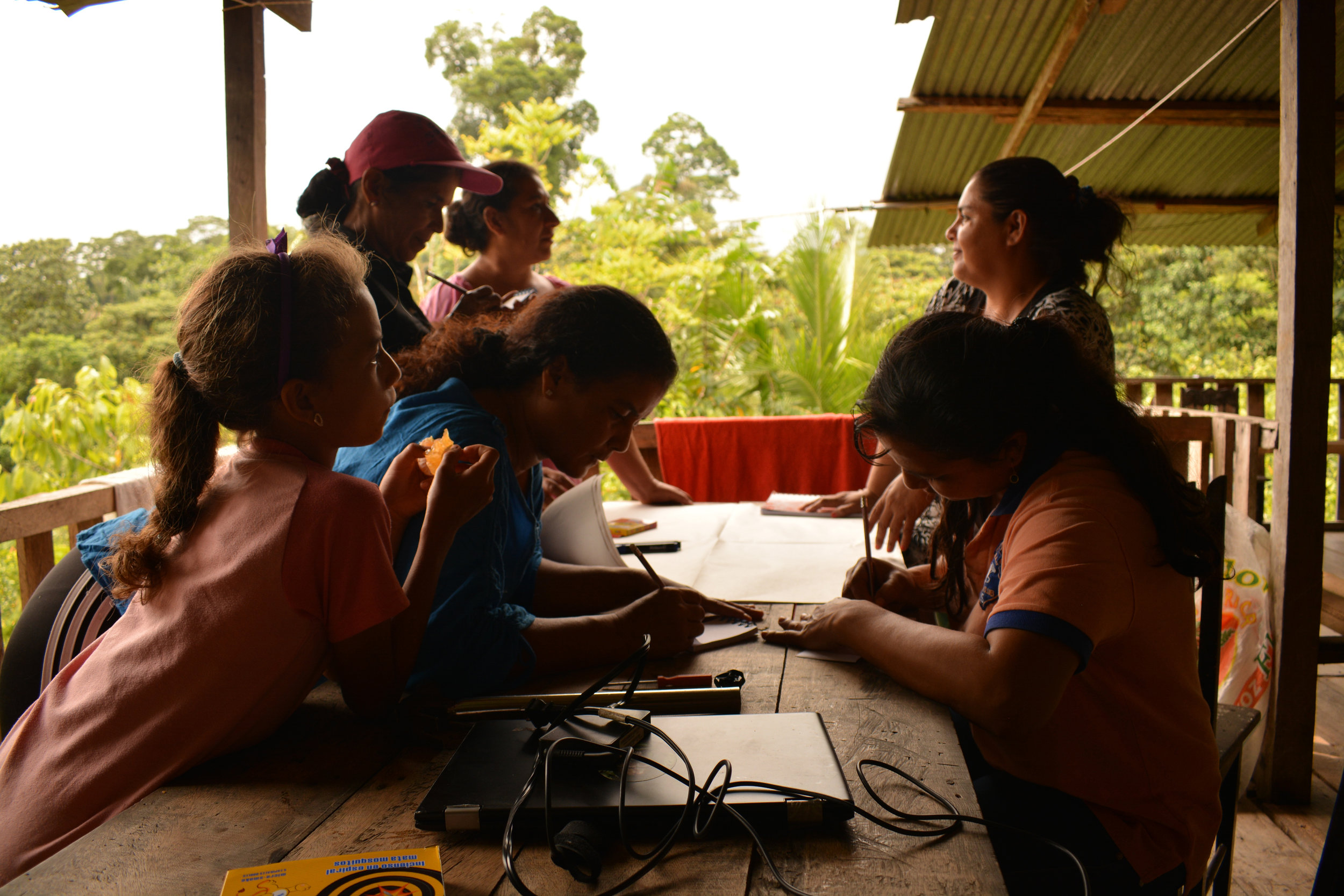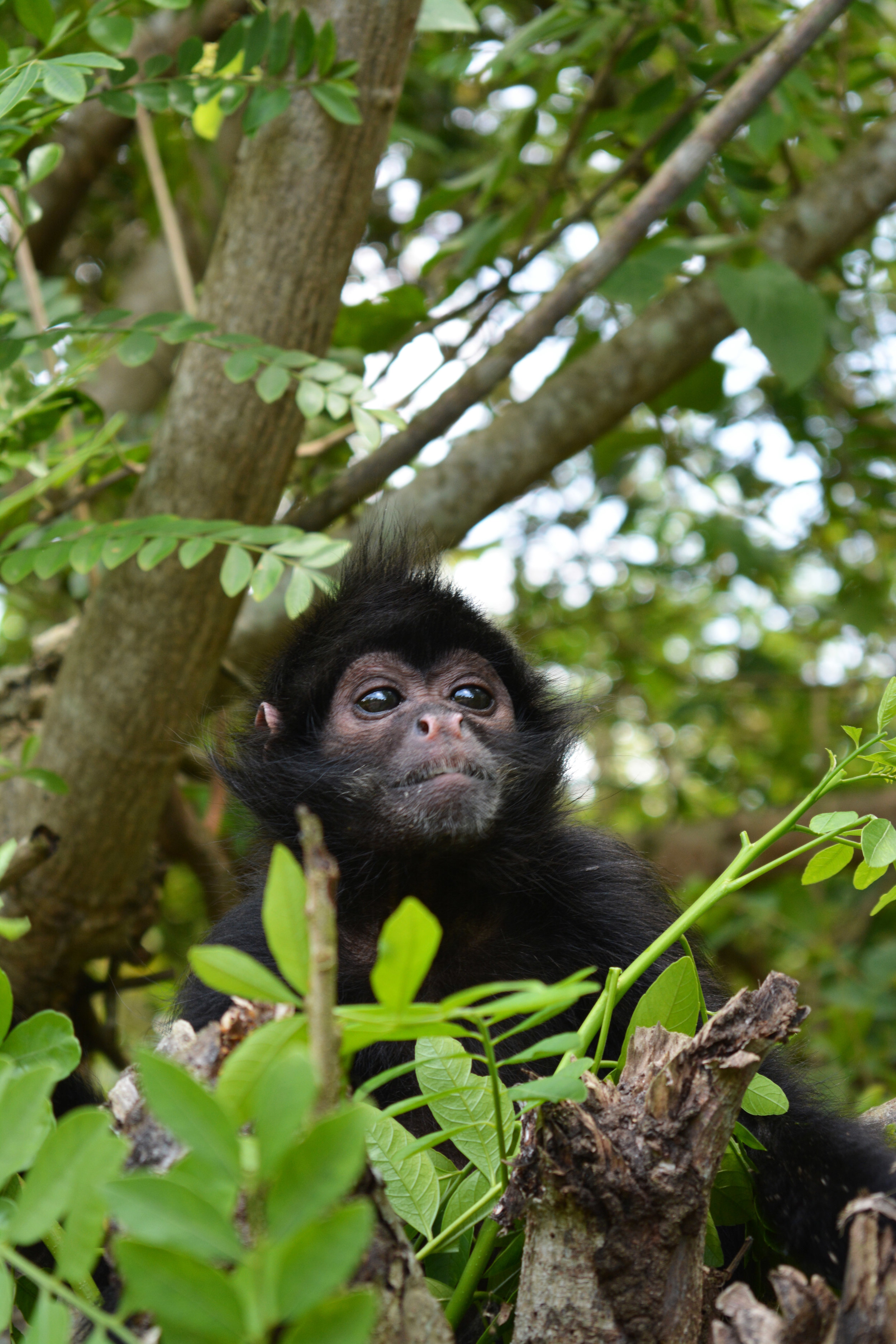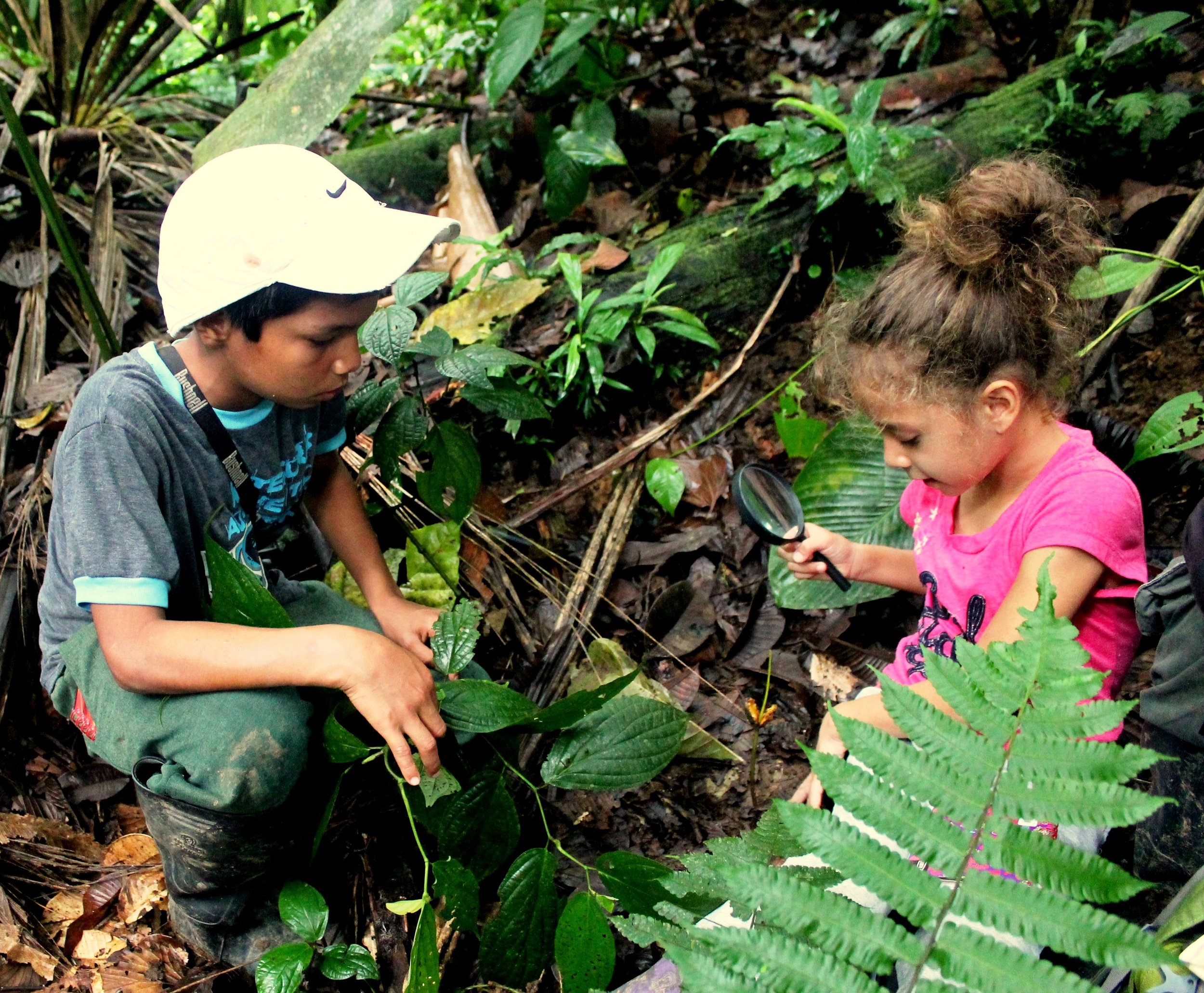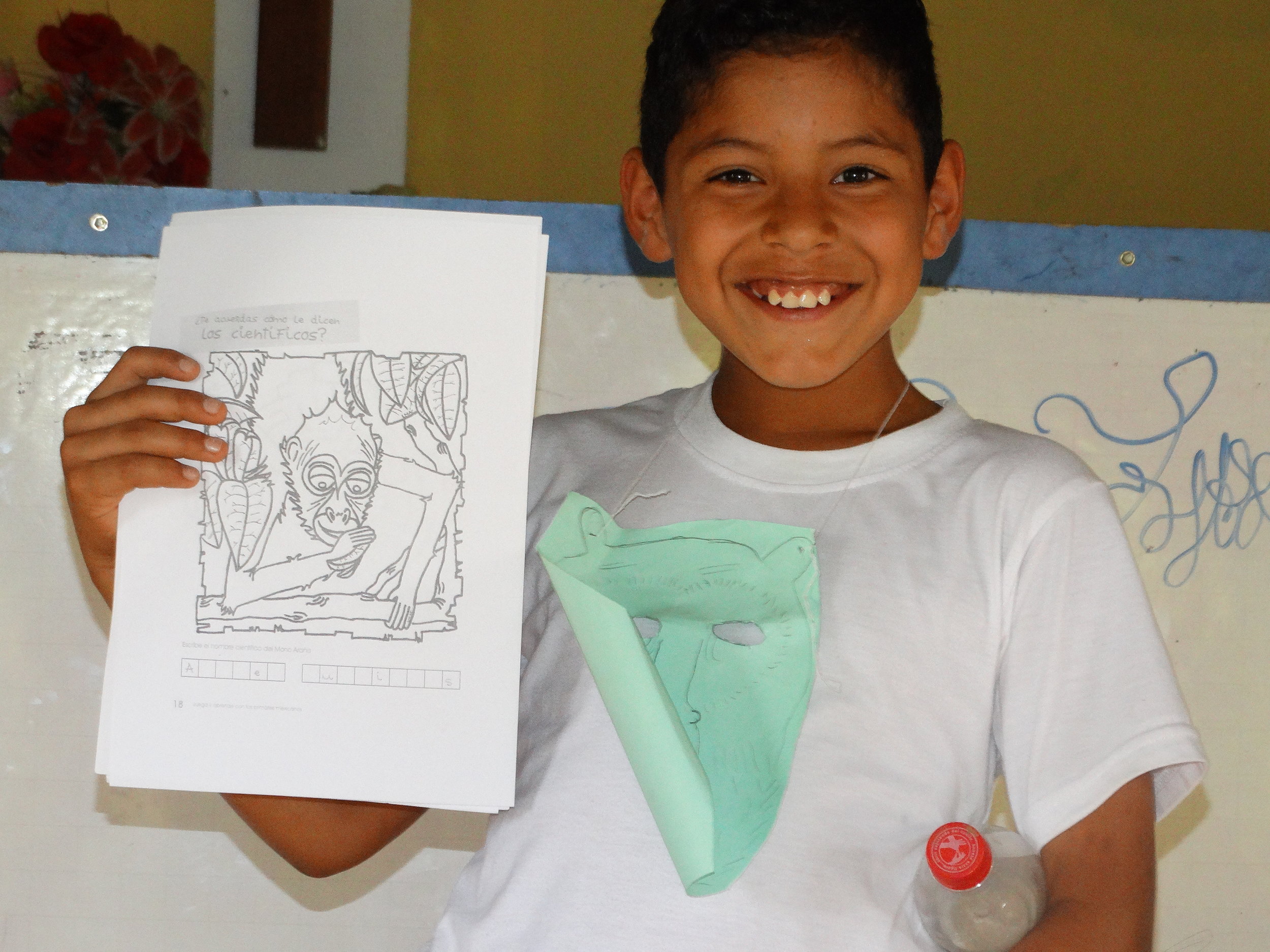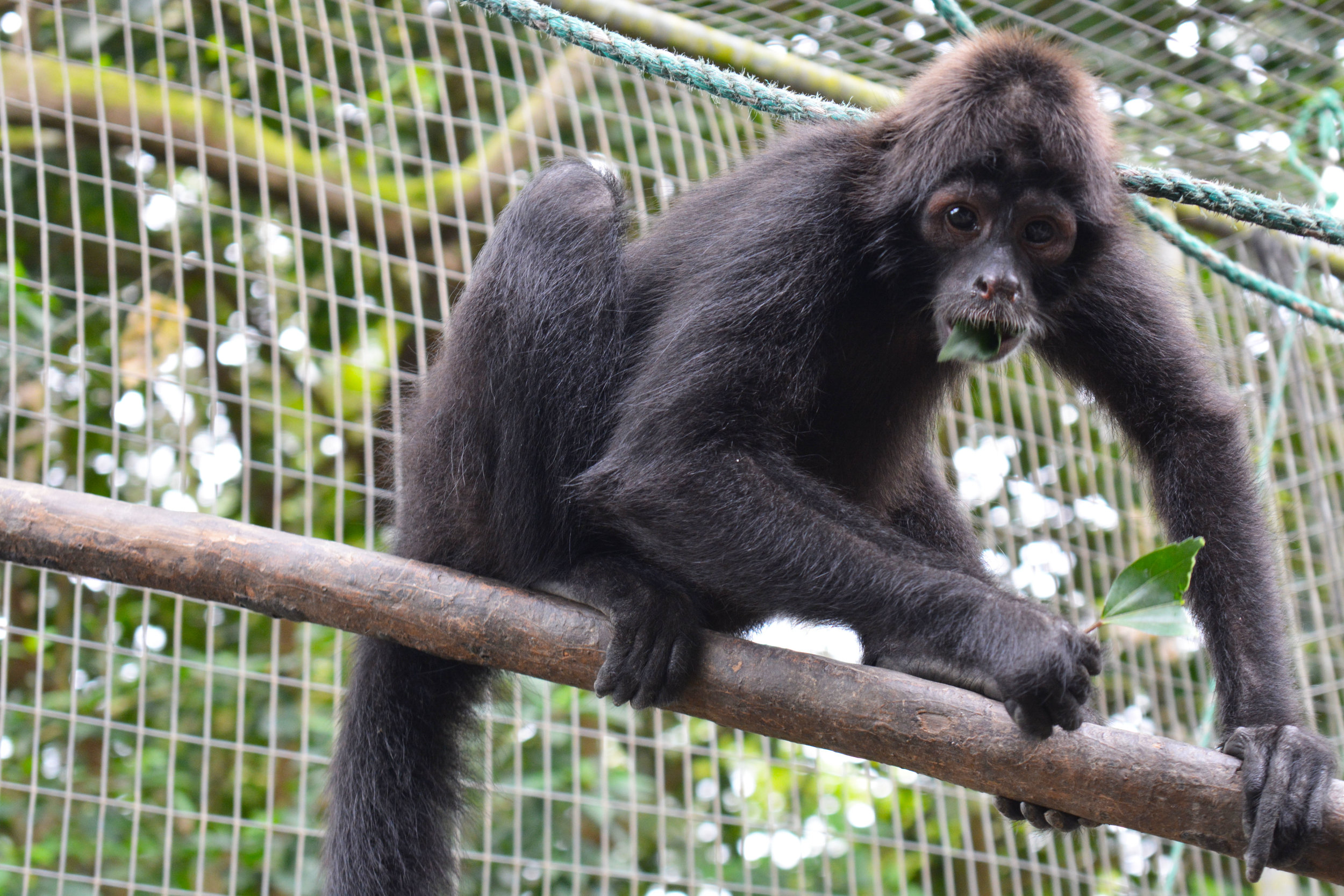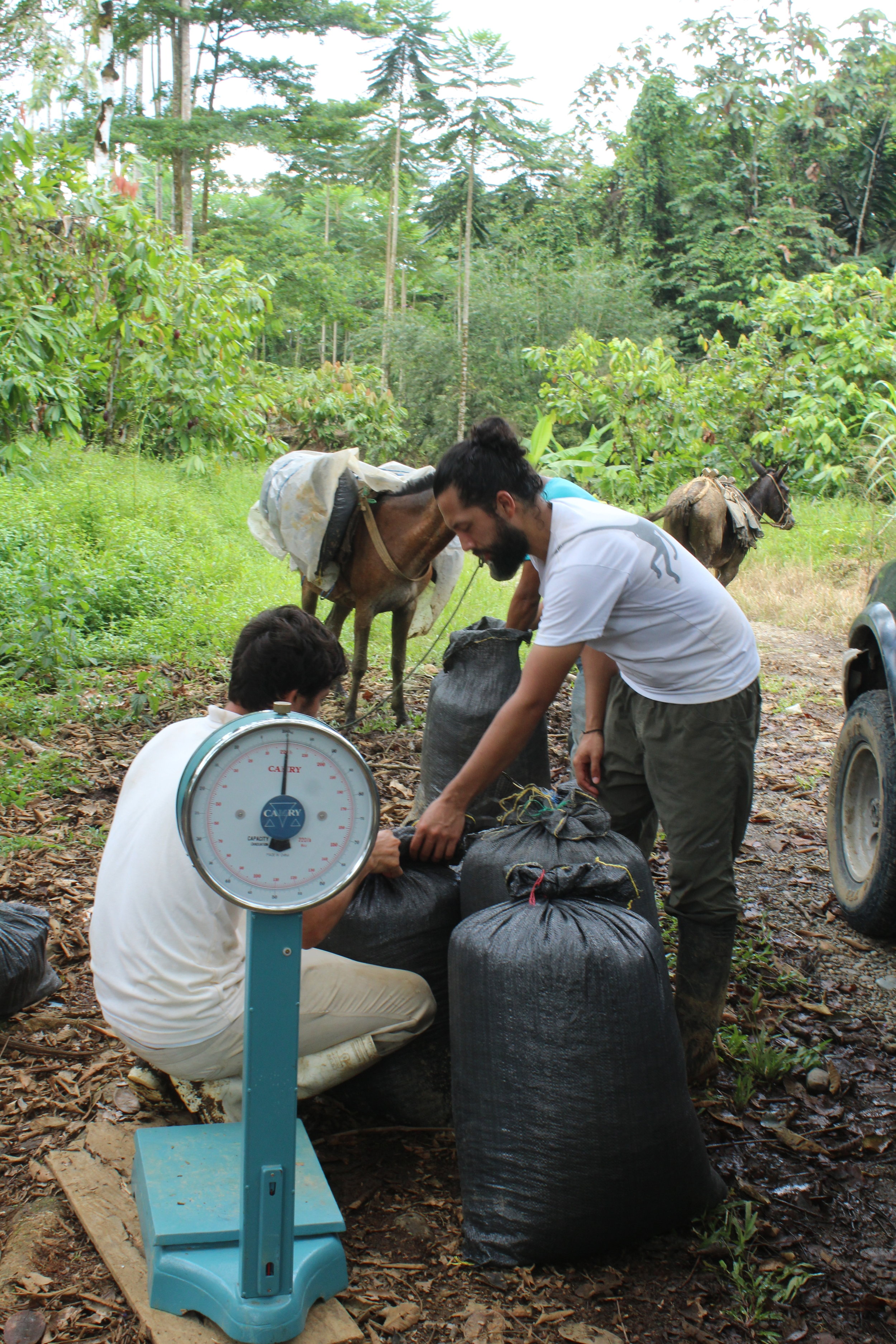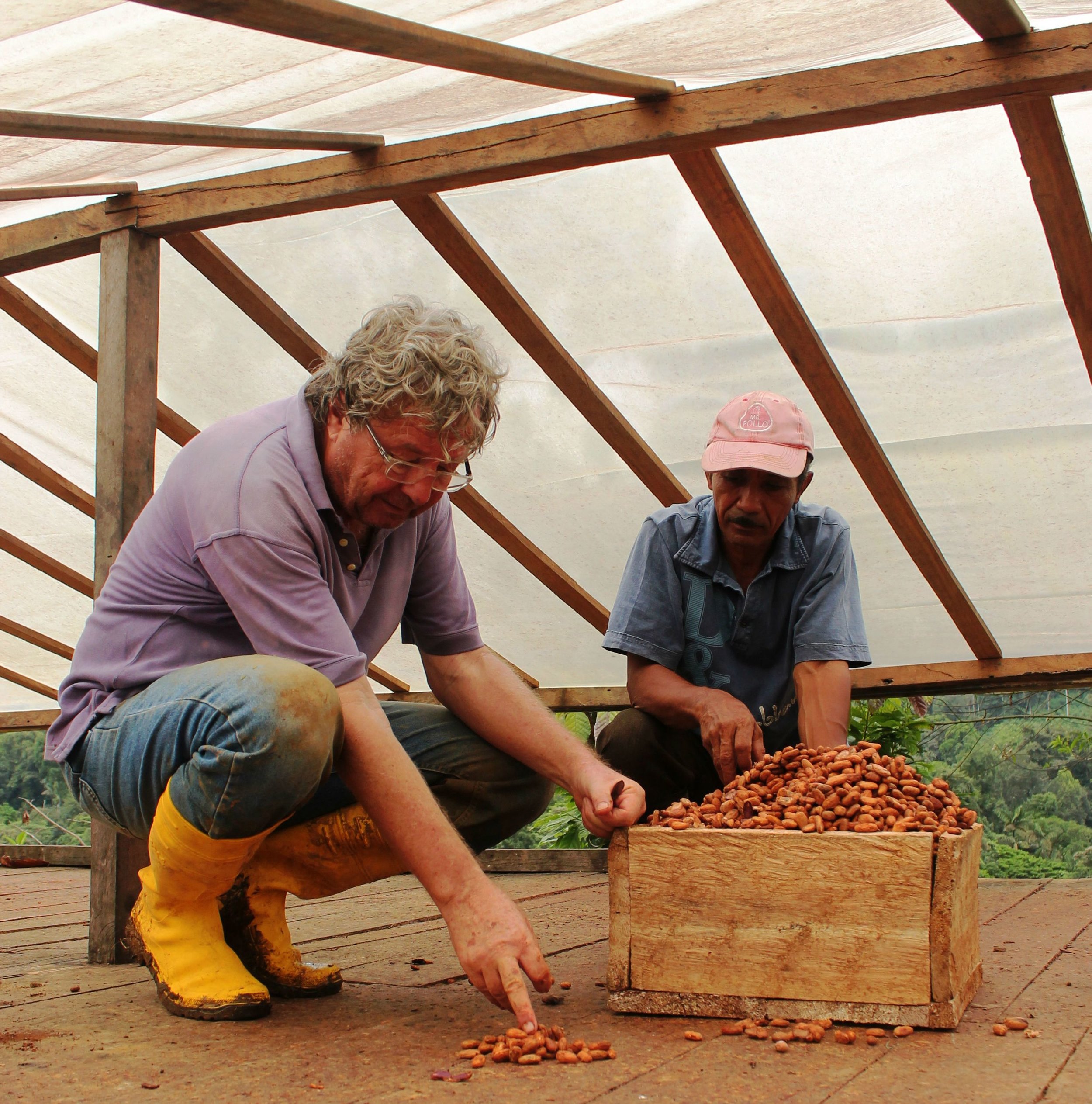ABOUT Washu
CHOCÓ and deforestation
Ecuadorian Chocó is listed as one of the top 25 hotspots of diversity in urgent need of protection. Covering 260,595 km2, it streches from Panama down along the western side of the mountains of Colombia and Peru, to the northern corner of Peru.
The western region of Ecuador is home to many endemic (unique), critically endangered and endangered species. These include brown-headed spider monkeys, jaguars and great green macaws.
Only 5% of Ecuador’s original vegetation cover remains and at the same time the social and economic development in the area is in a critical situation. Most people are dependent on work in the forestry and palm plantations located in the area. Whilst for smaller-scale farmers, the long chain of intermediaries in the industry means that they do not get a fair price for their work. .
What we do?
We work to protect the primates of the Ecuadorian coast, focusing our efforts on the spider monkey (Ateles fusciceps) and its habitat, the Ecuadorian Chocó, given that it is the most threatened species in Ecuador and one of the 25 most threatened primates in the world.
OUR VISION and mission
Local population are those that lose most from deforestation and so they are those who can gain most from the protection of the forest. Therefore, we work to strengthen the capacity of local people and through fair trade work to improve the local economic opportunities, allowing people to be protectors of their own forest.
One of our missions is to establish empowered, strong and independent communities. This will mean that our impact will encourage local leaders to incentivise neighbouring communities’ participation.
We also work in the management and rehabilitation of those spider monkeys that have been victims of wildlife trafficking.
For all these reasons, our work is essential and participatory, it combines community strengthening, scientific studies and environmental education..
